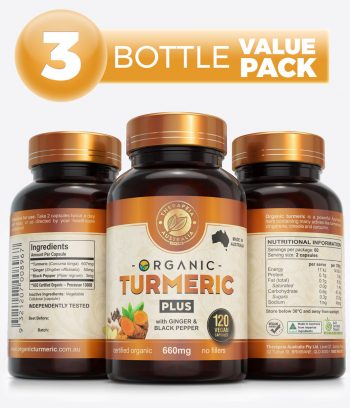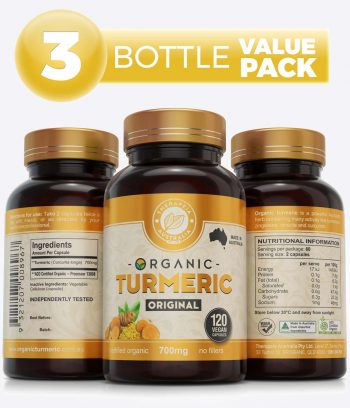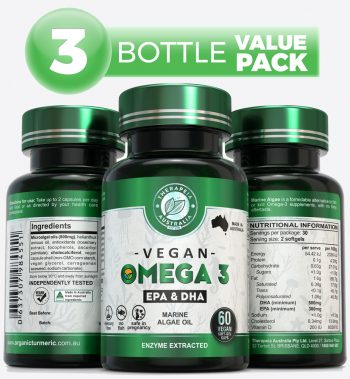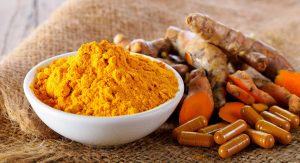Turmeric Creed: Origins
We’re so excited to bring you a look at the history of turmeric. It was used as both food and medicine for more than 4000 years, from as early as 2000BC. Originally found in Vedic India and Southeast Asia, scientists believe that turmeric reached China and East Africa by 800BC. From a Western point of view, Marco Polo may have been one of the first European merchants to encounter the plant in approximately 1280AD, during his travels through Asia. From there, it became common in Europe and European colonies and was used in Jamaica in the 18th century. Turmeric is now cultivated in tropical areas around the world. Due to a robust modern trade in spices, it’s found in almost every country around the world.
Food & Medicine
As a food, turmeric was traditionally used in curries and as a preservative or flavor component of pickles and the like in India and Southeast Asia. Turmeric also features as a strong flavour in Ethiopian cuisine due to Indian influence there. Turmeric or its extracts are commonly used today as colouring agents for dairy products such as butter and cheese as well as manufactured products like orange juice, cereals, baked products and crispy snacks.
Traditional medicine systems such as Ayurveda, Siddha, Unani, traditional Chinese medicine and the folk traditions of Southeast Asia all used turmeric as an important element of treatment. It was recommended at different times for both internal and external use, with plenty of golden paste variations making an appearance. It was often used as a treatment for wounds, as a skin treatment and for gastrointestinal complaints. Modern medicine has helped to refine and identify what elements of these traditional uses might be good to apply today. In fact, science has always had a close connection with turmeric right from the start.
The Scientific History of Turmeric
The scientific evaulation of turmeric began in 1815, with the isolation and naming of what was thought to be merely the colouring agent curcumine. Nearly 100 years later, in 1920, further research revealed that curcumine was actually composed of three different substances – curcumin, demethoxycurcumin and didemethoxycurcumin. Other active contstituents include volatile oils, sesquiterpines, aromatics and vitamins and minerals. To date, more than 100 different components have been discovered in turmeric.
Turmeric By Any Other Name…
Ever wondered why it’s called curcumin? We get the naming convention for turmeric’s active constituent curcumin from the latin term curcuma. This is in itself a derivation of the Sanskrit word kunkuma for saffron. One of the first things that really surprised and delighted Europeans upon discovering turmeric, was it’s colour. Turmeric appears similar to saffron, however it was much cheaper and more plentiful to buy. Some confusion ensued, and the name has stuck. Botanically, the yellow turmeric that we know and love is curcuma longa. There are plenty of other varieties, however, such as curcuma alba, or white turmeric, which is a fascinating plant containing it’s own unique type of curcumin that is not coloured. White curcumin is rarer than yellow turmeric, but it shares similar medicinal properties and is also cultivated in Asia.
Where To Now?
The history of turmeric is interesting, but not as exciting as it’s future. With new technologies like encapsulation becoming available, turmeric is more accessible than ever. Try a delicious warm latte or a golden paste that works to feel the difference. New studies are being released showing ever more widespread benefits of daily turmeric use. Jump on the turmeric train, it’s going somewhere awesome!
Yours in good health,
Garuda Nicolle
References
https://www.ncbi.nlm.nih.gov/books/NBK92752/#ch13_sec2
https://www.ncbi.nlm.nih.gov/pubmed/28506084







Yes. It is wonder drug. A cancer institute got US patent for curing cancer as per a report from yesterday’s news paper. I am using it daily on empty stomach with 4 graneuls of black pepper.
I can it be used to cure cancer ( ovarian cancer) and breast cancer please
Hi Cornelia,
While there are plenty of foods that can be used to help fight cancer, legally no one can promote these ideas and the evidence is just not strong enough at this point. However you might find some useful information here: https://www.cancerresearchuk.org/about-cancer/cancer-in-general/treatment/complementary-alternative-therapies/individual-therapies/turmeric